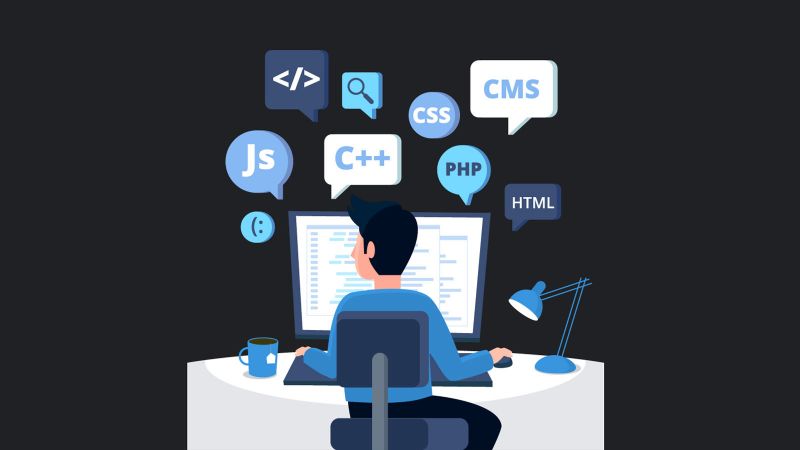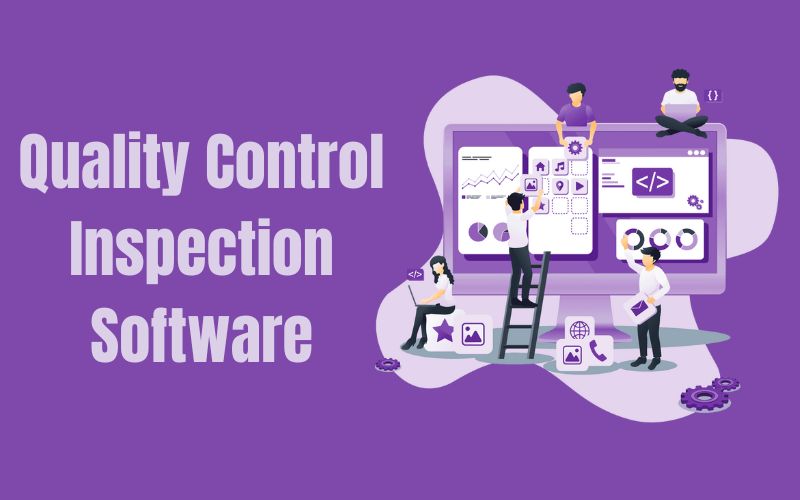Best Practices are guidelines that describe the best or most efficient way to do things in the industry. Adhering to these best practices improves the ability of companies to achieve lasting success for their customers and gain a competitive advantage.
In 2021, secure software development is the top priority in the software development world. The surge in software adoption coupled with the rise in cyber attacks in recent years has made what was once important crucial.
To achieve the highest level of secure software development, software developers must know and adhere to software development best practices. These best practices help ensure the security of data used with the software, which helps protect businesses and ordinary citizens. Here are four best practices for developing secure software.
Table of Contents
1.Start with the human element
When we think of secure software development, we think of a lot of very technical things. There’s coding, code analysis and scanning, authentication and encryption, and a lot more. We’ll cover all of this below. Though, it is essential to remember that there are people behind all of this technical work.
Software developers and everyone involved in the development process are as good as the training they receive. It is especially true for developing secure software. Any small factor overlooked or overlooked can lead to a security flaw in the software that cybercriminals can exploit to access the software.
Adequate, comprehensive, and regular training is required to ensure that everyone is on the same page and that everyone understands the goals and best practices for safe software development.
This training begins the onboarding process immediately when a person gets hire. They have to be in place to be successful and meet all expectations of safe software development. It certainly doesn’t stop after an employee is up and running.
Education is vital to securing software development as the threats are constantly changing. For this reason, best practice training should develop continuously. Former employee training courses should be conducted at least once a year and more frequently depending on the threat. It creates a solid training foundation for developers on which to build secure software.
2.Test, test again, then test more
Once your team trains in secure software development, their members can create the code that will become the software product. Once the team has finished coding the product, the next step in secure software development is a highly robust testing phase. It can remove any source code vulnerabilities that hackers could exploit.
As Liventus notes in its Secure Software Development Guide, there are several tools available for testing code. For Static Application Security Testing (SAST), one of the first tests developers should run, some companies may provide testing tools, so developers don’t have to do the tedious task of going through every line of software. . code themselves. Companies like Veracode and Checkmarx specialize in this type of testing.
Other tools help with dynamic code analysis. These Dynamic Application Security Tools (DAST) examine code while running, as opposed to when it is not running as SAST (or when it is static). These tools duplicate some of the tricks that hackers can use to determine if they can crash the system. Finally, IASTs (Interactive Security Testing Security Tools) combines the functions of SAST and DAST.
3.Invite hackers
Inviting hackers to attack your product may seem counterintuitive to developers tasked with developing secure software, but it is common in the software development world. A whole class of software development agencies offers ethical or white-hat hacking services to software developers.
Software companies hire these law-abiding hackers because they have all the skills of cybercriminals and know all the trade tricks. They introduce at the end of the test phase to carry out so-called penetration tests. Here they attack the software in all the clever and sneaky ways a real hacker would do to see where it can be vulnerable.
Once the white hat hackers run their pentest and no longer have or can no longer access software data, they can report to the development team where the software performed well and where it is located. It can still be a problem. Tested software is much better for real challenges than software that was not “pirated” before it was released.
4.Do all you can to protect PII
One of the essential goals in the development of secure software is protecting personal data (PII). This information can comprise social security numbers, addresses, credit card information, medical records, and more. It is what cybercriminals are looking for, and their safety is paramount.
The best way to do this is to ensure that the person using the software is who they say has access to the software or part of the software. In the past, two-factor authentication was the best way to achieve this. This authentication process means that users must provide a username and password (two factors) to access the system. In 2021, it will be too simple for personal information processing software.
Today, multi-factor authentication (MFA) protects software and data. This process can keep the username and password system intact, but it also requires other factors to authenticate a user. These factors typically include a time-sensitive one-time password sent to another device known to the authorized user. It becomes more trying for hackers to access the software unless they physically or remotely control a user’s mobile device and their username and password.
Conclusion
Safe software development is the name of the game in 2021. By following the best practices above, developers will have a better chance of achieving this goal. Employee training, testing with the right tools, ethical hacking, and multi-factor authentication are four ways to accomplish this.
ALSO READ: Seven Sales And Buying Trends On Linkedin
- Drones: Basic Uses, Information, Features & More – 2024 - April 9, 2024
- When to Use Asymmetric vs Symmetric Encryption - April 8, 2024
- 7 Key Benefits of opting .NET for Web Development in 2024 - April 6, 2024




Leave a Reply